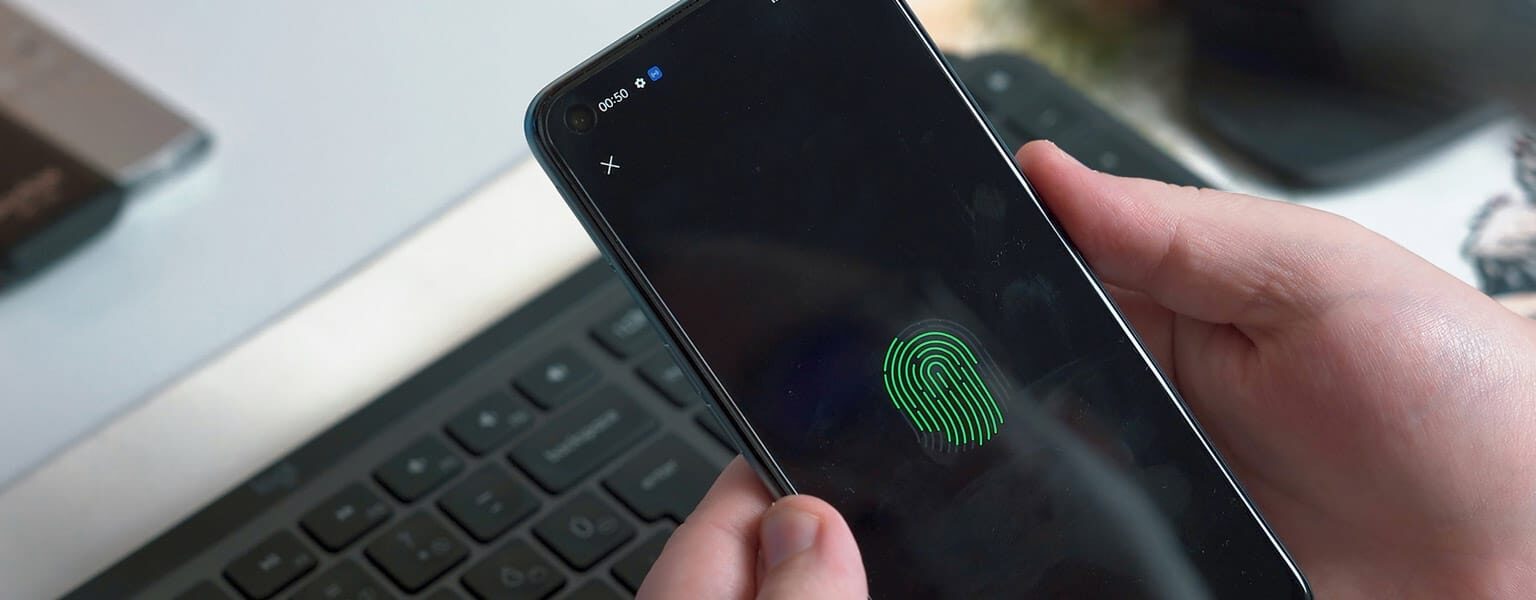What Is Multi-Factor Authentication (and How Does It Work)?
Contents
Key Takeaways
- What multi-factor authentication (MFA) is and how it differs from two-factor authentication (2FA)
- How MFA works to protect your accounts using multiple layers of identity verification
- The key benefits of MFA, including protection against phishing and compliance support
- Common business use cases for MFA across industries like tech, healthcare, and finance
- Why MFA adoption is growing—and why your business shouldn’t be left behind
If passwords are the flimsy screen doors of cybersecurity, multi-factor authentication (MFA) is the deadbolt. In a world where cyberattacks are rising faster than your inbox spam count—up 18% globally in Q1 2025 compared to Q1 2024—businesses need more than just “password123” to stay safe. That’s where MFA comes in.
What Is Multi-Factor Authentication?
Multi-factor authentication (MFA) is a security method that requires users to provide two or more verification factors to gain access to a system, application, or account. Instead of relying solely on a password (which can be guessed, stolen, or phished), MFA adds extra layers of identity confirmation.
These factors typically fall into three categories:
- Something you know (like a password or PIN)
- Something you have (like a smartphone or security token)
- Something you are (like a fingerprint or facial recognition)
If you’ve ever received a text code after logging in, congratulations—you’ve used MFA.
How Does MFA Work?
MFA works by combining multiple types of identity verification to ensure that the person logging in is really who they say they are. Here’s how it typically plays out:
1. Initial Login Attempt
The user enters their username and password—this is the first factor (something they know).
2. Secondary Verification Prompt
The system requests an additional factor, such as:
- A one-time code sent via SMS or email
- A push notification from an authenticator app
- A biometric scan (fingerprint, facial recognition, retina)
3. Authentication Check
The system verifies both factors before granting access. If either fails, access is denied.
This layered approach dramatically reduces the risk of unauthorized access. Even if a hacker gets your password, they’d still need your phone, fingerprint, or face to break in. And unless they moonlight as a magician, that’s not happening.
Here’s a clear and helpful section for “Differences Between MFA and 2FA” that fits seamlessly into your article:
Differences Between MFA and 2FA
Multi-factor authentication (MFA) and two-factor authentication (2FA) are often used interchangeably—but they’re not quite the same thing. Here’s how they differ:
- Number of Factors
- 2FA uses exactly two authentication factors.
- MFA uses two or more factors, offering additional layers of security.
- Flexibility
- 2FA is a specific implementation of MFA.
- MFA is a broader approach that can include three or more factors (e.g., password + phone + fingerprint).
- Security Strength
- 2FA significantly improves security over single-factor authentication.
- MFA can provide even stronger protection, especially in high-risk environments.
- Use Cases
- 2FA is common for consumer apps and basic account protection.
- MFA is often used in enterprise settings, healthcare, finance, and anywhere sensitive data is involved.
In short: All 2FA is MFA, but not all MFA is 2FA. Think of 2FA as the gateway to stronger security—and MFA as the full security suite.
Benefits of MFA
MFA isn’t just a security upgrade—it’s a strategic move for businesses looking to protect their data, reputation, and bottom line. Here’s why:
- Blocks Common Attack Vectors
MFA can stop over 99% of automated cyberattacks, according to Microsoft. It’s like giving your login page a security detail. - Phishing Protection
With phishing emails responsible for 31% of all breaches, MFA adds a critical barrier. Even if credentials are stolen, attackers still need that second factor. - Reduces Risk of Credential Stuffing
MFA makes it nearly impossible for attackers to use stolen passwords across multiple platforms. - Supports Compliance Requirements
MFA helps meet regulatory standards like HIPAA, GDPR, and PCI-DSS. It’s not just smart—it’s often mandatory. - Boosts User Confidence
Customers and employees feel safer knowing their accounts are protected by more than just a password. - Industry Adoption Is Growing
87% of technology companies have implemented MFA, leading all industries in adoption. If you’re in tech and not using MFA, you’re officially behind the curve.
Common Use Cases for MFA
MFA isn’t just for enterprise IT teams—it’s useful across industries and business sizes. Here are some of the most common (and critical) use cases:
Email and Cloud Services
Protect sensitive communications and files stored in platforms like Microsoft 365, Google Workspace, and Dropbox.
Remote Work Access
Secure VPNs, virtual desktops, and cloud-based tools for distributed teams. MFA ensures only authorized users can access company resources.
Financial Systems
Add protection to banking apps, payroll platforms, and accounting software. MFA helps prevent fraud and unauthorized transactions.
Healthcare Platforms
Safeguard patient data and meet HIPAA compliance requirements. MFA is essential for electronic health record (EHR) systems.
E-Commerce and Customer Portals
Prevent account takeovers and fraudulent purchases. MFA builds trust with customers and protects revenue.
Admin Dashboards and CMS Access
Keep your website backend and internal tools secure from unauthorized changes or data leaks.
Should You Implement Multi-Factor Authentication?
Yes. Multi-factor authentication is one of the simplest, most effective ways to protect your business from cyber threats. As attacks grow more sophisticated, relying on passwords alone is like locking your front door but leaving the windows wide open.
Whether you’re a startup or a seasoned SMB, implementing MFA is a smart move—and one that could save you from costly breaches, reputational damage, and sleepless nights.
FAQs
-
Not quite. Two-factor authentication (2FA) is a subset of MFA that uses exactly two factors. MFA can include two or more factors, offering even more security layers. For more on 2FA, check out our dedicated article here.
-
A little, but the trade-off is worth it. Most modern MFA systems are fast and user-friendly—think push notifications or biometric scans.
-
No system is 100% foolproof, but MFA makes it significantly harder for attackers. The more factors involved, the more secure your system becomes.
-
Not necessarily. Many cloud platforms (like Microsoft 365 and Google Workspace) offer built-in MFA options. For SMBs, it’s often a low-cost, high-impact upgrade.



